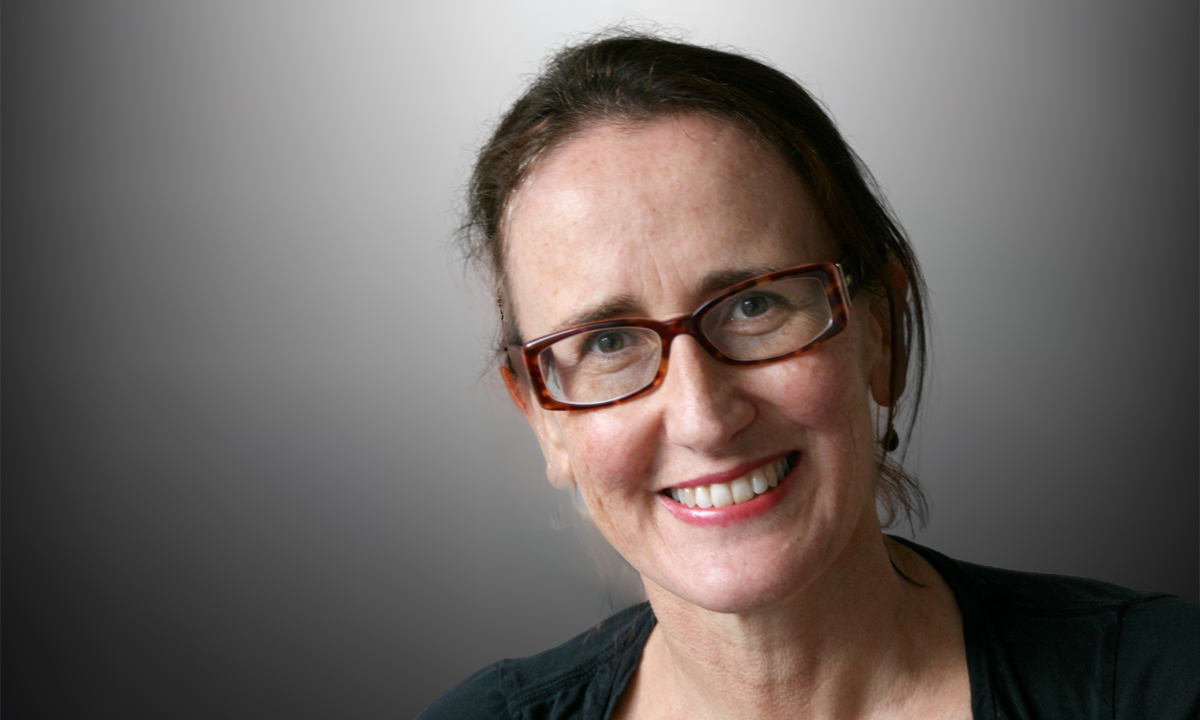“Which brings us at last,’” continued Mr Foster, “out of the realm of mere slavish imitation of nature into the much more interesting world of human invention.”
He rubbed his hands. For, of course, they didn’t content themselves with merely hatching out embryos: any cow could do that.
“We also predestine and condition. We decant our babies as Alphas or Epsilons, as future sewage workers or future …” He was going to say ‘future World Controllers’, but correcting himself, said “future Directors of Hatcheries” instead.
WHEN Aldous Huxley created the Central London Hatchery and Conditioning Centre in his 1932 novel, Brave new world, eugenics was a hot topic, though the technology that might enable artificial fertilisation and gestation was still a long way off.
In the novel, the scientist Foster goes on to explain to students visiting the hatchery how embryos are deprived of oxygen to stunt growth and intellectual development, making them suitable for menial work, how those destined to labour in the tropics are conditioned to prefer heat, how those who will work in the chemical industry are trained to tolerate toxic substances.
“That is the secret of happiness and virtue,” the hatchery’s director interrupts. “Liking what you’ve got to do. All conditioning aims at that: making people like their unescapable social destiny.”
In our own brave new world, assisted fertilisation has long been a reality but gestation outside the body of a human female has so far proved an unsurmountable challenge.
That could be about to change: two separate research teams – one Australian, one American – announced in 2017 that they had succeeded in gestating sheep embryos inside an artificial womb.
Both research teams suggested that the technology might in future be used to improve outcomes for extremely pre-term human infants.
Such a prospect does not automatically catapult us into the uber-eugenics of Brave new world, but it has long been the role of speculative fiction to ask “what if?” questions about the ethical dimensions of new technologies.
Elizabeth Chloe Romanis, a researcher in medical law at the University of Manchester, argues that the emerging artificial womb technologies raise unprecedented ethical questions, requiring new ways of talking about the future humans involved.
“New terminology should be used to describe the subject of the [artificial womb] to evade the ethical tethers that existing terms imply, which cloud discussion,” she writes in the Journal of Medical Ethics.
Specifically, Romanis argues for use of the term “gestateling” – rather than baby, fetus or embryo – to refer to a developing human being in the process of ex utero gestation.
Ectogenesis technology, which is probably only a few years away from being trialled in humans, will inevitably push back the viability threshold, she writes, meaning gestatelings will fall outside existing categories of prematurely born infant or in utero fetus.
“The purpose of [artificial womb technology] is to treat a gestateling as if it had never been born, and thus requires the gestateling to exercise, regardless of its capabilities, no independent capacity for life.”
Unlike neonatal intensive care, ectogenesis is designed to entirely replace a human biological function, taking it into the realm of automation, she writes.
The technology could hugely improve outcomes for extremely premature infants, but might it have other applications?, Romanis wonders.
A woman who receives a cancer diagnosis during pregnancy might, for example, opt for ectogenesis so she could begin treatment without risk to her future child.
That might be a welcome alternative for women who currently have to choose between termination of pregnancy or increased risk of mortality for themselves.
But what of those who might choose ectogenesis for less pressing reasons, Romanis asks – to avoid morning sickness, for example?
In this scenario, the artificial womb could become a new form of surrogacy, allowing people who can afford it to avoid the major inconvenience of pregnancy and childbirth. Where that might take us is anyone’s guess.
One thing’s for sure, the ever-growing field of reproductive technologies is going to remain a rich seam for speculative fiction writers well into the future.
Jane McCredie is a Sydney-based health and science writer and editor.
The statements or opinions expressed in this article reflect the views of the authors and do not represent the official policy of the AMA, the MJA or MJA InSight unless that is so stated.
To find a doctor, or a job, to use GP Desktop and Doctors Health, book and track your CPD, and buy textbooks and guidelines, visit doctorportal.

 more_vert
more_vert
No matter how good intentioned this new technology may be, there will always be a group who will exploit it particularly if they have enough money.
Stop the World: I want to get off.